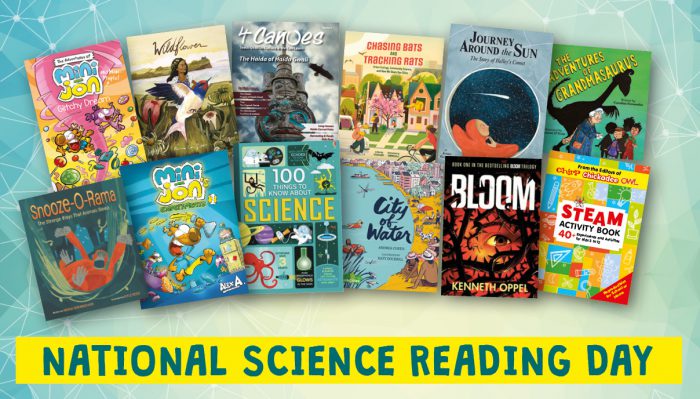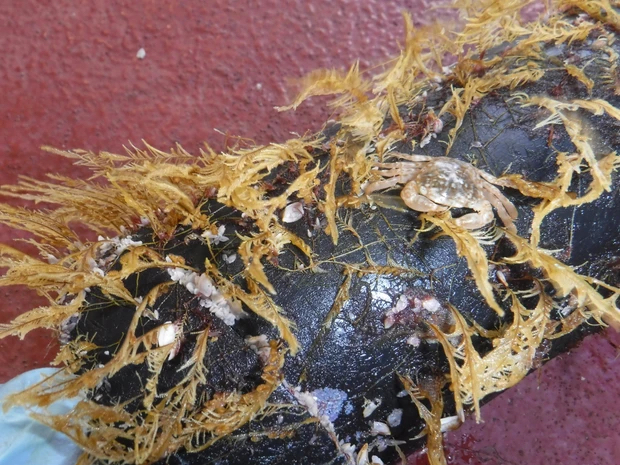Plastic pollution is a major issue in the world's seas, lakes, and rivers. Nowhere is this more clear—or cloudy—than in the Pacific Ocean. This mass of water has the unfortunate distinction of being home to the world's largest collection of floating garbage.
Found in the mid-northern part of the ocean and known as the Great Pacific Garbage Patch, it is an estimated 1.6 million square kilometers (610,000 square miles) in size. That's about the size of the entire country of Iran. And the waste is estimated to weigh around 79,000 metric tons—as heavy as 15,000 elephants.
Scientists and activists have long been talking about the best way to approach removing it. But while they are doing so, something unexpected has happened.
Studies have shown that the patch has become a floating home for marine plants and animals.
Coastal creatures in the open sea
Not only is this highly unexpected, it is bringing a whole new class of marine creatures to the open sea.
Included on the Great Pacific Garbage Patch are animals such as anemones, hydroids (small creatures related to jellyfish), crabs, and more. Typically these creatures find themselves in coastal areas, near the shore. Now, they are suddenly in the middle of the largest ocean in the world, floating on a pile of waste the size of a country.
This behaviour—called rafting—is all very new to scientists, who are at a bit of a loss as to how this will all turn out. Though animals have definitely used rafting to travel to new areas of the ocean in the past, it was always on natural things like logs. But this plastic waste is much more permanent. Will this become a new normal?
And the rafting creatures—called neopelagic (new to the open sea)—are now in direct competition for resources with the normal inhabitats of the ocean surface, like plankton and the fish that feed on them. It's pretty certain that things will change in the area, but exactly how?
That's still a mystery for science to understand.
And the winners are...

Contest winners will be able to enjoy some of these great books!
Speaking of scientific investigation, we want to take a moment to celebrate the winners of the annual National Science Reading Day Contest!
Presented by the Natural Sciences and Engineering Research Council of Canada (NSERC), this contest was held this past September 22. You could enter either as an individual or as a classroom, and all you had to do was dedicate part of the day to reading about science and then sending us proof of your awesome endeavours!
We received all sorts of entries and are proud of all of you! But of course, only a select few could win. Congratulations to you all!
Individual winners
These five each win a prize pack include magazines and books from children’s publishers valued at $200 each!
- Reese, 8
- Celeste, 8
- Mariam, 13
- Owen, 12
- Emily, 3
Class winners (listed by teacher)
These five classrooms will each receive a prize pack of terrific magazines and books worth around $500!
- Doris Pereira—Scarborough, Ontario
- Anna Maria Amante—Etobicoke, Ontario
- Michelle Arsenault—Dalhousie, New Brunswick
- Thushara Francis—Ajax, Ontario
- Laurie Wong—New Westminster, British Columbia
 An example of some of the animals and plants colonizing plastic waste in the Pacific. (Smithsonian Institute)
An example of some of the animals and plants colonizing plastic waste in the Pacific. (Smithsonian Institute)









